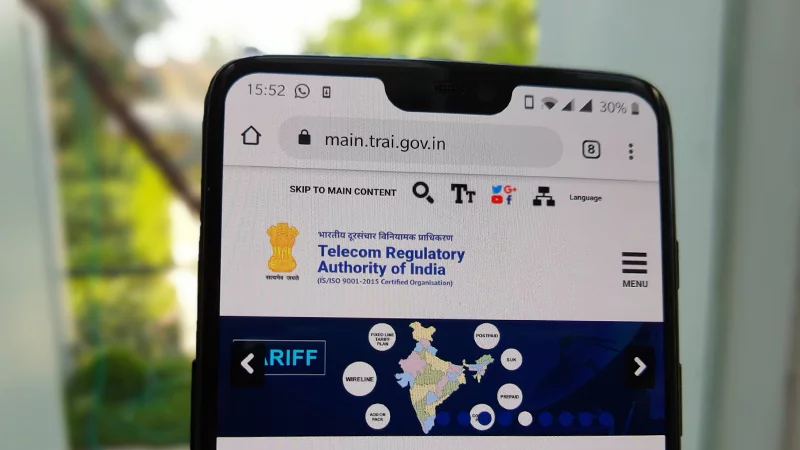The Telecom Regulatory Authority of India (Trai) is the apex body and the regulator when it comes to the telecom industry and the broadcasting and DTH industry as well. The past year has been very happening for the regulator as we have seen many new inceptions and changes in the regulations that were previously in place. The changes that happened for both the telecom and the DTH industry were no small ones, and they had an impact on essentially every consumer out there. Whether it was the DTH industry, or in recent times, the telecom industry, the subscribers in both the industry have seen the effects of the regulation change that Trai has brought. While some might term them as full of downsides, others might look at the bright side of changes. But, today we are simply going to look at the decisions which have had a far-reaching effect on the people of the country.

Trai Tariff Regime - The Elephant in the Room
Making it to the top of this list is, of course, the Trai tariff regime which went into effect earlier this year. When Trai tariff regime went into implementation, every subscriber who had a television was impacted by the decision of Trai. Whether it was cable or DTH subscriber, the customers were asked to migrate to the new framework and select their channels as they wanted. Now, the story did not end here since the shift to the new tariff regime also implied some obvious change in the ‘tariff’ which reflected in the bills of these subscribers. A lot of subscribers found that their bills had shot up by quite a margin after shifting to the new Trai tariff regime.
Now, there was a little increase in the TV bills, which was mainly because the subscribers had made channel selections similar to their previous subscription and not considered adding only those channels which they watched. There was also more transparency and the flexibility with the subscribers to choose their own channels.
Not only this but because of the bundling of channels which was done by broadcasters and the DPOs, the subscribers were also exposed to a bunch of new small channels which they were not aware of before. This also availed new content to these customers while also getting these broadcasters more viewership. Therefore, in the form of changed bills, increased transparency, and better quality of service from the DTH and cable TV operators, the Trai tariff regime has certainly impacted the subscribers of the DTH industry.
Trai Decision of IUC
Now, this is much recent news, and although Trai decided on it two years back, in 2017, the decision has been showing its impact on the prepaid subscribers right now. To recall, back in 2017, Trai had decided that it would lower the IUC charges by a whopping 56% by bringing it down to 6 paise per minute from the previous set tariff of 14 paise per minute. This was done back then to kickstart a shift towards a zero-IUC regime which was supposed to happen on January 1, 2020. But, now it seems that Trai could likely delay the transition to the zero-IUC regime by a couple more years.
The impact of this has especially being seen by the Reliance Jio subscribers who will now be charged by the 6 paise per minute IUC on every call that they make from their Reliance Jio number to a number on some other network. Although this move has not been introduced by the other telecom operators, but given that Reliance Jio boasts of having more than 300 million subscribers in the country, a substantial number of prepaid subscribers have been impacted by this move.















